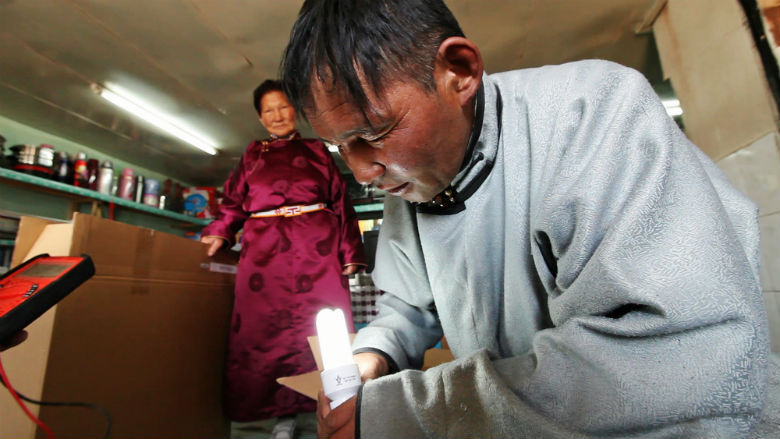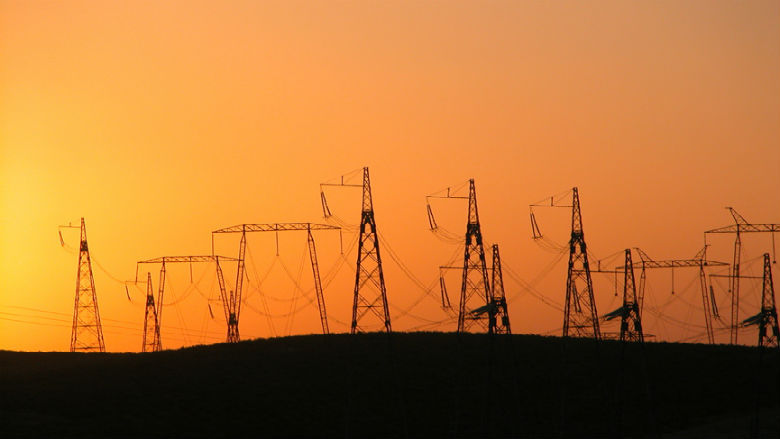Topic 1: Energy Access, Reliability, and Efficiency
There is a growing body of evidence on the impacts of energy access on health, education, and productivity. But, important questions remain about the cost-efficiency of investments to balance the coverage (extensive margin) and per-connection availability (intensive margin) of providing electricity. The average annual energy consumption of electrified households in Kenya is 20 times less than the average American household. Therefore, understanding the demand and impact of different tiers of access from solar lanterns (Tier 1) through to full grid access (Tier 5) becomes an important concern to help governments efficiently allocate resources. There is an important trade off—while lower tiers of access may provide less opportunities for economic growth (for example, being unable to power large appliances and machines), the benefit of lower investment costs and easier expansion may outweigh this concern.
We explore this question programmatically by looking at the demand for, and impacts of different levels of energy access in Senegal (solar lanterns), Argentina (solar home-systems) and Kenya (grid connections). We offer different subsidies in the various projects to elicit demand curves for solar-energy products and produce evidence that will help policymakers learn how to set efficient subsidy levels to balance expanding access with fiscal sustainability for service providers.
Moving beyond access, there is emerging evidence that focuses on the importance of providing reliable electricity for industrial development and the effects of rural electrification on household welfare finding strong negative effects on firm revenues and producer surplus. The program is currently working with two large infrastructure investment projects in Nepal and Bangladesh—both of which face acute energy constraints—to understand the impacts of improving reliable energy access by rehabilitating and expanding transmission lines and upgrading grid substations.
Topic 2: Incentivizing Sustainable Land Use and Natural-Resource Management
The overuse of natural resources can be a result of externalities, unclear property, or high discounting of the future. Since natural-resource management has both local and global implications. Finding the right interventions and policy approaches to address these issues presents a challenge. For instance, a systematic review on the effectiveness of one of the most common policy interventions used to overcome coordination failures—the creation of decentralized forest management groups—found limited evidence of reduced deforestation rates and could not reject the possibility that these programs have negative economic consequences (Samii et. al., 2014). The objective of this program is to generate knowledge on effective ways to address the causes of unsustainable use of natural resources.
One common intervention to address the externalities associated with sustainable forest and land management is Payment for Ecosystem Services (PES). The program includes four PES projects that offer financial incentives to landholders to reduce deforestation and promote sustainable land management in Uganda, Burkina Faso, Ghana, and Mexico. Here, we explore the role PES incentives play in reducing deforestation, but also whether alternative livelihood options may help ensure the economic well-being of beneficiaries and increase the sustainability of these programs.
We also explore the dynamics associated with incentivizing long-term behavior change. For instance, in Uganda we explore the impact of PES after incentives are removed. Does deforestation remain low, return to pre-intervention rates, or increase to catch up with total deforestation in control areas? Each scenario has plausible justifications, but results in very different interpretations around the overall role that PES schemes can play to mitigate our impact on the climate.


